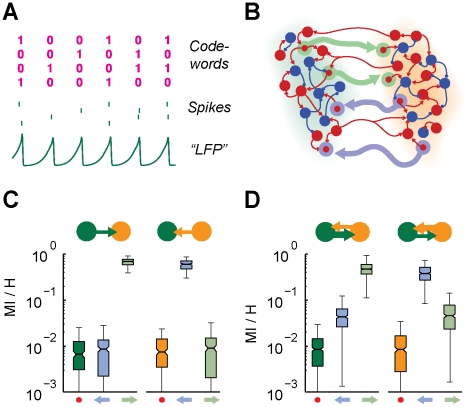Figure 8. Effective connectivity affects information propagation.
A: in the case of sparsely synchronized oscillations, individual neurons fire irregularly (see four example spike trains, middle row) even when the local area activity undergoes a very regular collective rhythm (evident in “LFP” traces, bottom row). Therefore, a large amount of information can be potentially encoded, at every (analog) oscillation cycle, in the form of (digital-like) codewords in which “1” or “0” entries denote respectively firing or missed firing of a specific neuron in the considered cycle (top row). B: the strength of specific subsets of long-range excitatory synapses is systematically enhanced in order to form unidirectional “transmission lines” (TLs) embedded into the  symmetric structural motif (see
Methods
). Cells and synapses belonging to TLs are highlighted by pale green (“green-to-orange” area direction) and lilac (“orange-to-green” area direction) colors. Communication efficiency along TLs is quantified by the Mutual Information (
symmetric structural motif (see
Methods
). Cells and synapses belonging to TLs are highlighted by pale green (“green-to-orange” area direction) and lilac (“orange-to-green” area direction) colors. Communication efficiency along TLs is quantified by the Mutual Information ( ) between spike trains of pairs of source and target cells connected directly by a TL synapse, normalized by the entropy (
) between spike trains of pairs of source and target cells connected directly by a TL synapse, normalized by the entropy ( ) of the source cell. C–D: boxplots (see Figures 3, 4 and 5) of
) of the source cell. C–D: boxplots (see Figures 3, 4 and 5) of  for different groups of interconnected cells and for different active effective motifs. Pale green and lilac arrows below the boxplots indicate pairs of cells interconnected by the TL marked with the corresponding color. A dot indicates control pairs of cells interconnected by ordinary weak long-range synapses. Green and orange arrows indicate the dominant directionality of the active effective connectivity motif. C: unidirectional driving effective motif family. Communication efficiency is enhanced only along the TL aligned to the directionality of the active effective connectivity, while it is undistinguishable from control along the other TL. D: leaky driving effective motif family. Communication efficiency is enhanced along both TLs, but more along the TL aligned to the dominant directionality of the active effective connectivity.
for different groups of interconnected cells and for different active effective motifs. Pale green and lilac arrows below the boxplots indicate pairs of cells interconnected by the TL marked with the corresponding color. A dot indicates control pairs of cells interconnected by ordinary weak long-range synapses. Green and orange arrows indicate the dominant directionality of the active effective connectivity motif. C: unidirectional driving effective motif family. Communication efficiency is enhanced only along the TL aligned to the directionality of the active effective connectivity, while it is undistinguishable from control along the other TL. D: leaky driving effective motif family. Communication efficiency is enhanced along both TLs, but more along the TL aligned to the dominant directionality of the active effective connectivity.

